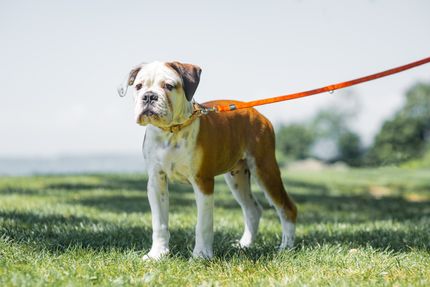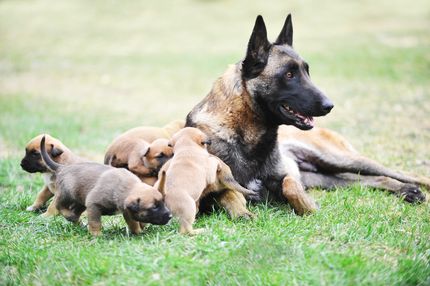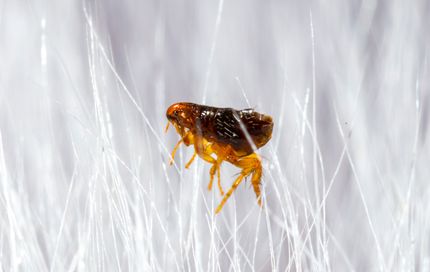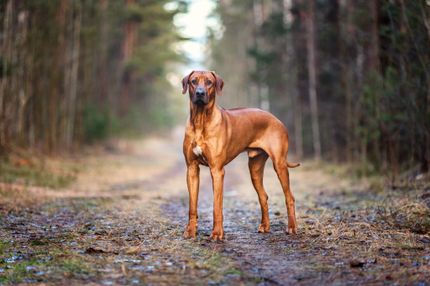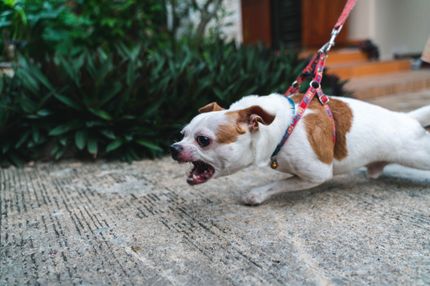Facts & Origin
Origin and history of the Silkland Terrier
The Silkland Terr ier is a mix of the Australian Silky Terrier and the West Highland White Terrier. Thus, its roots are in Australia and Great Britain. The Australian Silky Terrier was created in the 1890s by crossing Yorkshire Terriers and Australian Terriers. The West Highland White Terrier, which has Scotland as its country of origin, was not officially recognized as a breed until the 1900s.
| Alternate Name | - |
| Origin | Australia - Scotland |
| Life expectancy | 12 - 16 years |
| Care requirements | high-maintenance |
| Activity level | average |
| FCI group | not recognised |
| AKC group | not recognised |
| KC group | not recognised |
More Australian Silky Terrier mixes
More West Highland White Terrier mixes
Attitude, character and temperament of the breed
Possible character traits
The mix of the Australian Silky Terrier and the West Highland White Terrier brings a natural zest for life and cheerfulness. Silkland Terriers are known for their intelligence and enthusiasm. They have the stamina, energy and desire to be curious and explore the world. These small but mighty dogs are brave, confident and loving.
Suitability and attitude
The Silkland Terrier is known for its lively and friendly nature. Like its parent breeds, it also has high energy and intelligence. Therefore, this four-legged friend needs plenty of exercise and mental challenges.
- Lively and energetic: Extended walks, playtime and activities are essential to keep him happy and healthy.
- Friendly and Social: The Silkland Terrier is known for his friendliness towards people and other animals. He makes an excellent family dog.
- Intelligent and eager to learn: this breed is easy to train. It loves mental challenges and learns new commands and tricks quickly.
Silkland Terriers require regular training and socialization from a young age. Their intelligent and active temperament makes them very trainable.
Character
Usage
Care and health maintenance
Silkland Terriers are generally healthy, but can be genetically susceptible to certain conditions that are common in the terrier breed family. These include skin problems, eye disease, and hip dysplasia. Regular vet visits and healthy diet and exercise routines are important to ensure the health of the Silkland Terrier.
The Silkland Terrier has medium grooming needs, and his coat must be brushed regularly at least two to three times a week to prevent knotting and matting. Grooming also includes regular eye and ear care, as well as dental care. His claws should be trimmed every two to three weeks.
Breeding the Silkland Terrier
As a mixed breed, Silkland Terriers do not have their own breeding standards. However, it is important to note that responsible breeders always consider the health values and temperament of the parents. Breeding should always be aimed at improving the health and well-being of the dog , not just appearance or certain characteristics.
What does this mixed breed look like?
Of small size, the Silkland Terrier is a robust and energetic companion. Visually, this mixed breed dog is a real eye-catcher. He has erect ears and a friendly, bright face. Hisbuild is compact, but robust with well-developed muscles.
This mixed breed has in most cases long silky hair, which comes from the Australian Silky Terrier side. The color can vary from 'black and tan' to various shades of white, common in the West Highland White Terrier side.
| Fur length | long - medium |
| Fur | flat coated |
| Ear shape | Standing Ears |
| Tail | short |
| Anatomy | slim, rugged |
| Size ♀ | 23 - 28 cm |
| Weight ♀ | 3 - 7 kg |
| Size ♂ | 23 - 28 cm |
| Weight ♂ | 3 - 10 kg |
| Suitable For | - |
Known Diseases
Cataract
Cataracts are still one of the most common causes of blindness, even in dogs.
Dermatophytosis
Dermatophytosis (synonym dermatophytosis, from ancient Greek τὸ δέρμα derma, German 'skin' and ancient Greek φυτόν phyton, German 'plant') or tinea (Latin for 'woodworm', 'moth') is a skin fungal disease caused by specific fungi (dermatophytes).
Ureteral ectopy
Ureteral ectopy (also known as ureteral ectopia) is an inherited condition where the ureter (known as the ureter) does not end in the bladder as usual due to a misalignment.
Denture malocclusions
Malocclusions of the dentition often occur in dogs with short muzzles.
Patellar problems
Problems with the Patellar can be a displacement or weak kneecap, which is one of the most common causes of lameness in dogs, also because of overweight.
Tartar
If dogs don't get a good food or sugary food, tartar can quickly appear.
FAQ
-
A Silkland Terrier is a hybrid breed created by crossing an Australian Silky Terrier and a West Highland White Terrier.
-
This mix is usually small and looks like a mixture of its parent breeds.
-
Most dogs are sociable, friendly and playful. They are usually loyal companions and very affectionate, but they tend to be a bit moody, especially when stressed.
-
The Silkland Terrier requires regular grooming as well as checks of the teeth, ears and claws.
-
Yes, they are usually healthy, but it is important to see the vet regularly to catch and treat any problems early.















